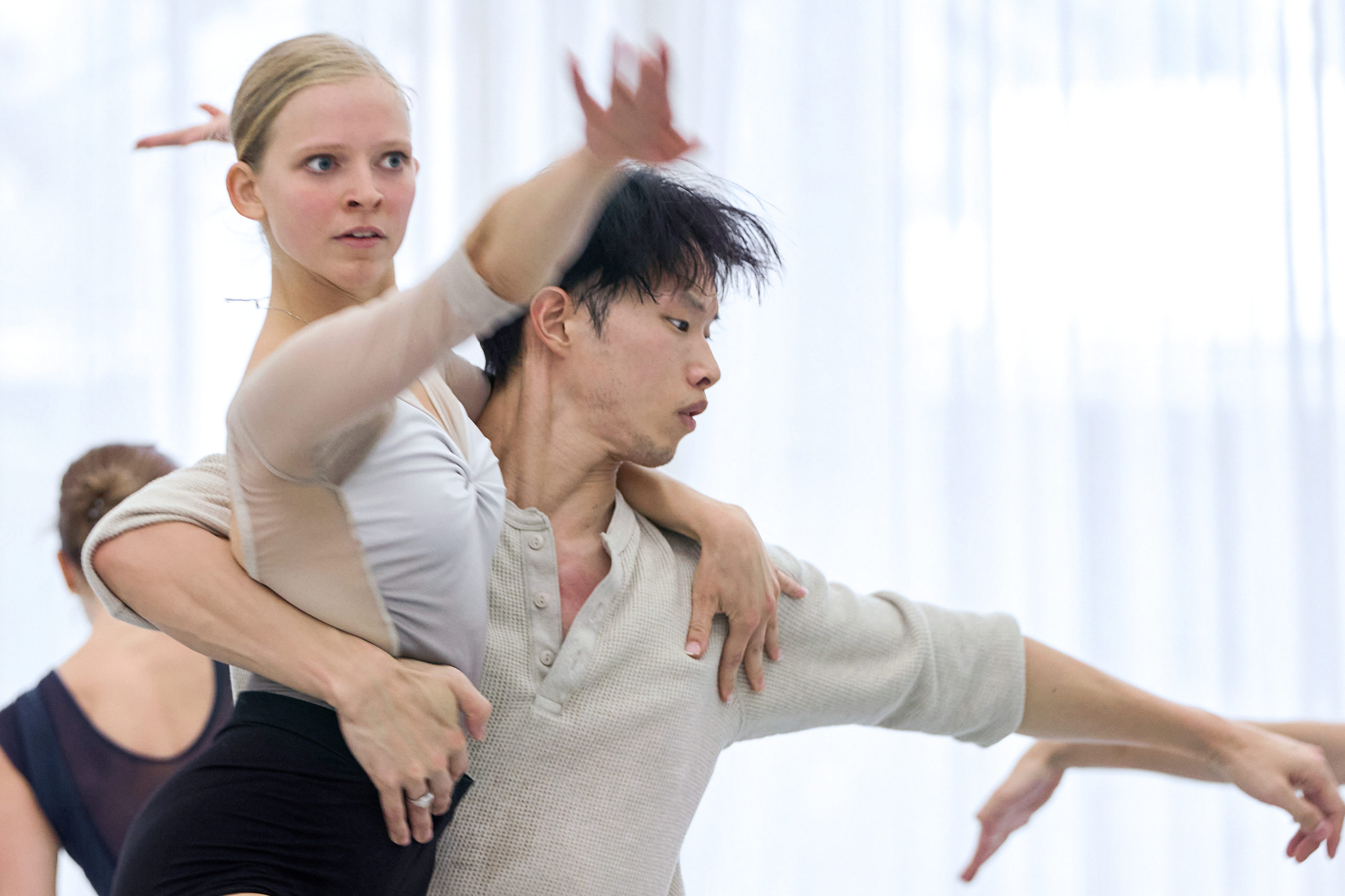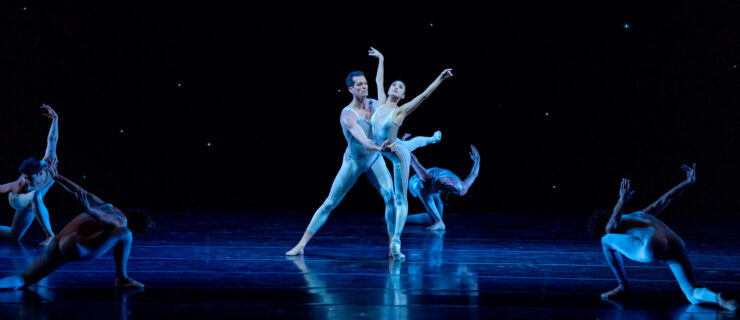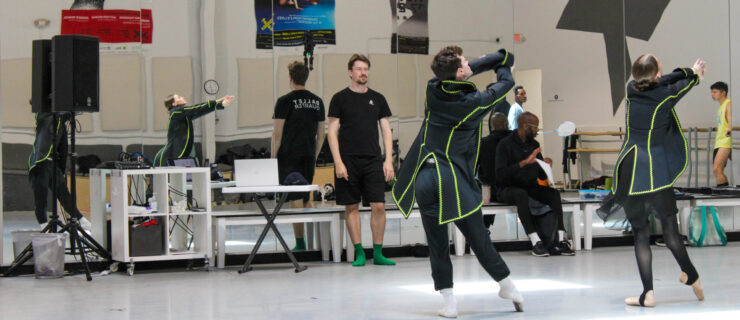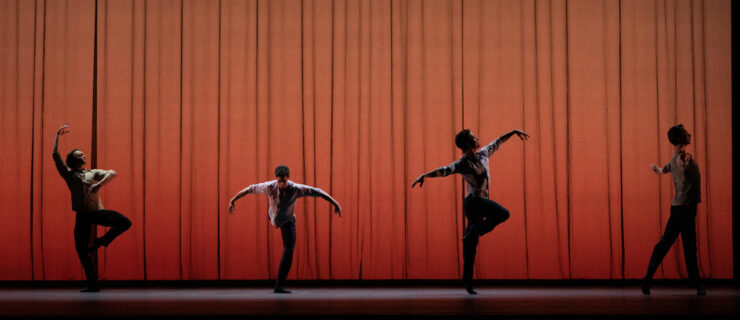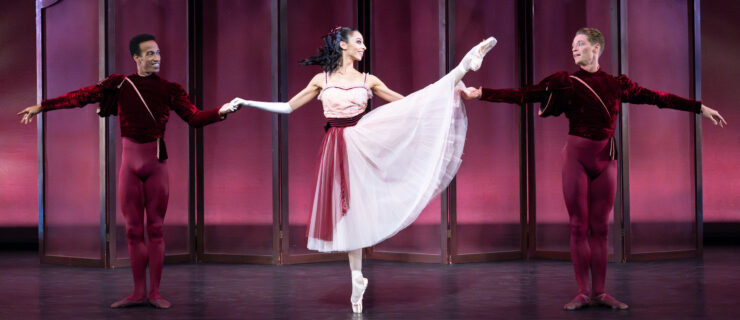Wayne McGregor Brings Margaret Atwood’s “MaddAddam” Trilogy to Life at National Ballet of Canada
The timing of a new ballet inspired by a trilogy of dystopian novels by Canadian writer Margaret Atwood is especially poignant as the world emerges from its pandemic panic. Choreographed by Wayne McGregor, with a score by Max Richter, and performed by the artists of the National Ballet of Canada, MADDADDAM will have its world premiere in Toronto on November 23.
The three-act ballet, a co-production with The Royal Ballet, where McGregor is resident choreographer, and NBoC, is a distillation of all three of Atwood’s novels in the MaddAddam trilogy: Oryx and Crake, The Year of the Flood and MaddAddam. It promises to be thematically true to the books, if not exactly anchored to Atwood’s sprawling narrative about corporate greed, genetic modification and post-plague devastation.

The ambitious project commenced way back in 2016 when then NBoC artistic director Karen Kain, McGregor and Atwood all got to talking after McGregor proposed the idea. Originally scheduled for 2020, the project was delayed by the pandemic. McGregor is a lifelong Atwood fan but says he wants to “open up the experience of the novels,” using dance for what it does best—create detailed character relationships and immersive worlds to get lost in—rather than literally translate words into movement. What audiences can expect, he says in a promo video, is “a different navigation” through Atwood’s literary worlds.
Principal dancer Genevieve Penn Nabity has been working on the project for the past two months and notes that the company spent its first weeks with McGregor generating about four hours’ worth of new movement material, which McGregor is distilling down to two.
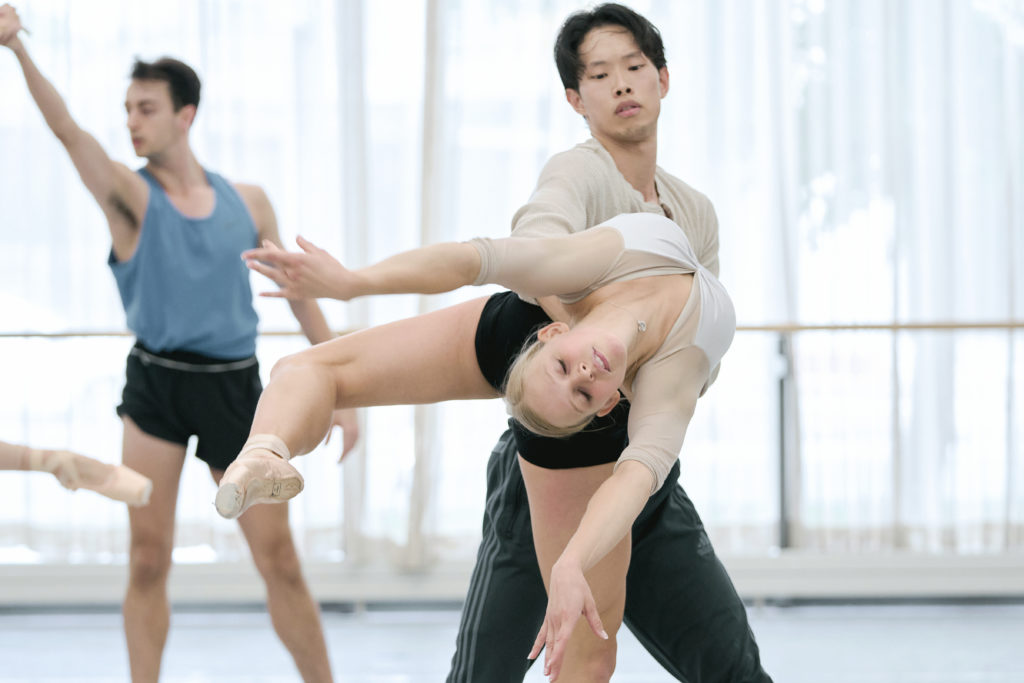
“We didn’t get the music right away,” she recalls, “so Wayne worked with bits and pieces of generic sounds or songs, jungle noise or even static. He’d start with one movement idea—‘Roll your body and move your arms’—and from there create something.” This is Penn Nabity’s first time working with McGregor, and she says his process for structuring a full-length ballet is very different from what the dancers are used to in a way that makes each rehearsal new and exciting: “Working with Wayne is really fast. But he’ll also give you an idea to hold on to until the very end of rehearsal, and then it’s ‘Okay, run it.’ He wants to see where you’re going to take that idea.”
The movement that is emerging will surely be as extreme and alien-looking as in other McGregor works, like Chroma or Genus (both in NBoC’s repertoire), although Penn Nabity says it depends on the character: “The Crakers, for example, are not human in the book, and their movement is not very human; it’s almost staccato in places, and we use parts of the body that we don’t usually think about using, especially in ballet. Human characters like Jimmy have movement that is more expressive and emotional.”
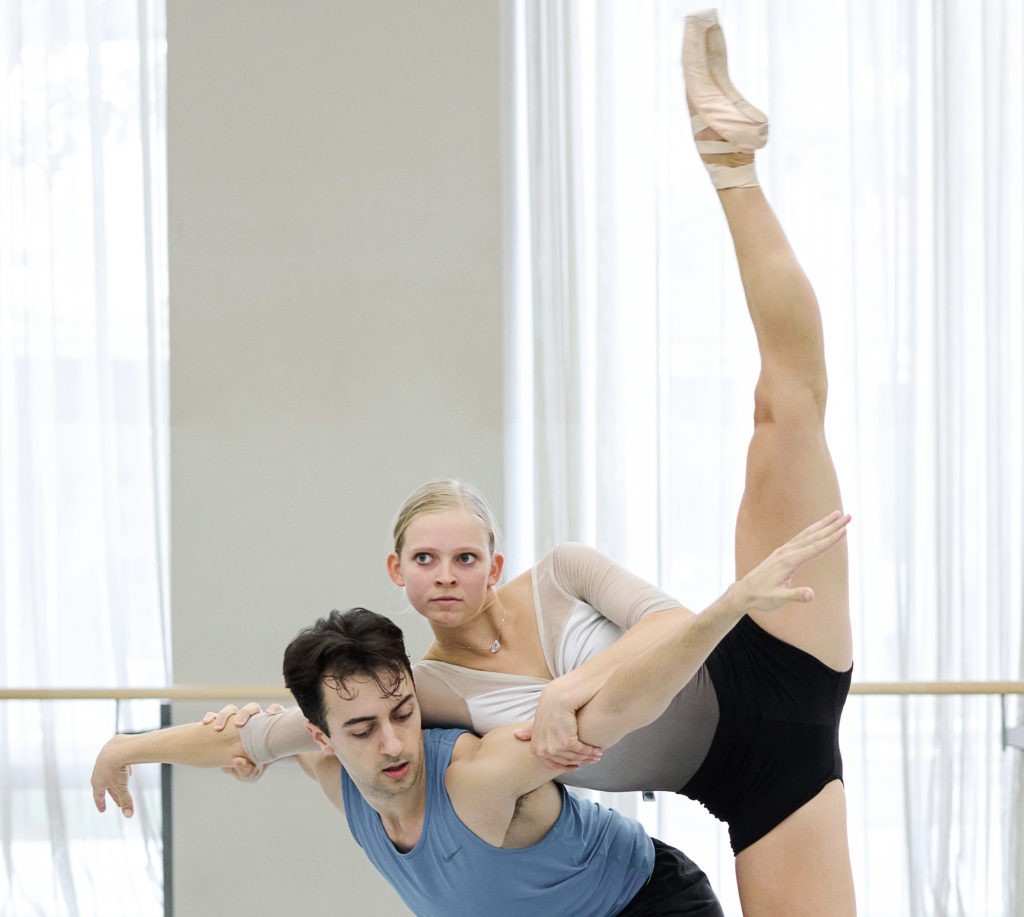
Penn Nabity marvels at McGregor’s ability to organize so much dynamic information in his multidimensional, multidisciplinary vision. At the same time that he’s generating new movement in the studio with the dancers, he’s also working with his production team, many of whom he’s collaborated with on other projects. He’s worked with composer Richter before, notably on Infra (2008), Kairos (2014) and Woolf Works (2015). Other repeat team members working on MADDADDAM include We Not I, an award-winning London design and architecture firm, lighting designer Lucy Carter, filmmaker Ravi Deepres and fashion designer Gareth Pugh.
Dramaturg and director Uzma Hameed has also collaborated with McGregor previously on Woolf Works and The Dante Project. In Toronto, she’s been working with McGregor and the company to shape a dance that honors the literary spirit and intent of Atwood’s time- and shape-shifting speculative fiction. “She’s been in the studio watching all the rehearsals,” says Penn Nabity. “We worked a bit with her at the beginning of the process, taking certain words—‘bullet,’ ‘explosion,’ ‘riot,’ ‘vomiting’—and trying to infuse them into what we were doing with the movement.”
As for the grande dame of Canadian letters herself, Atwood is all over the promotional materials for the ballet. Penn Nabity hasn’t bumped into the writer of The Handmaid’s Tale around the rehearsal studios yet, but she looks forward to meeting her. She may have to wait until opening night, when the lights go up on what promises to be a spectacular hybrid invention from some of the brightest minds in the arts.
